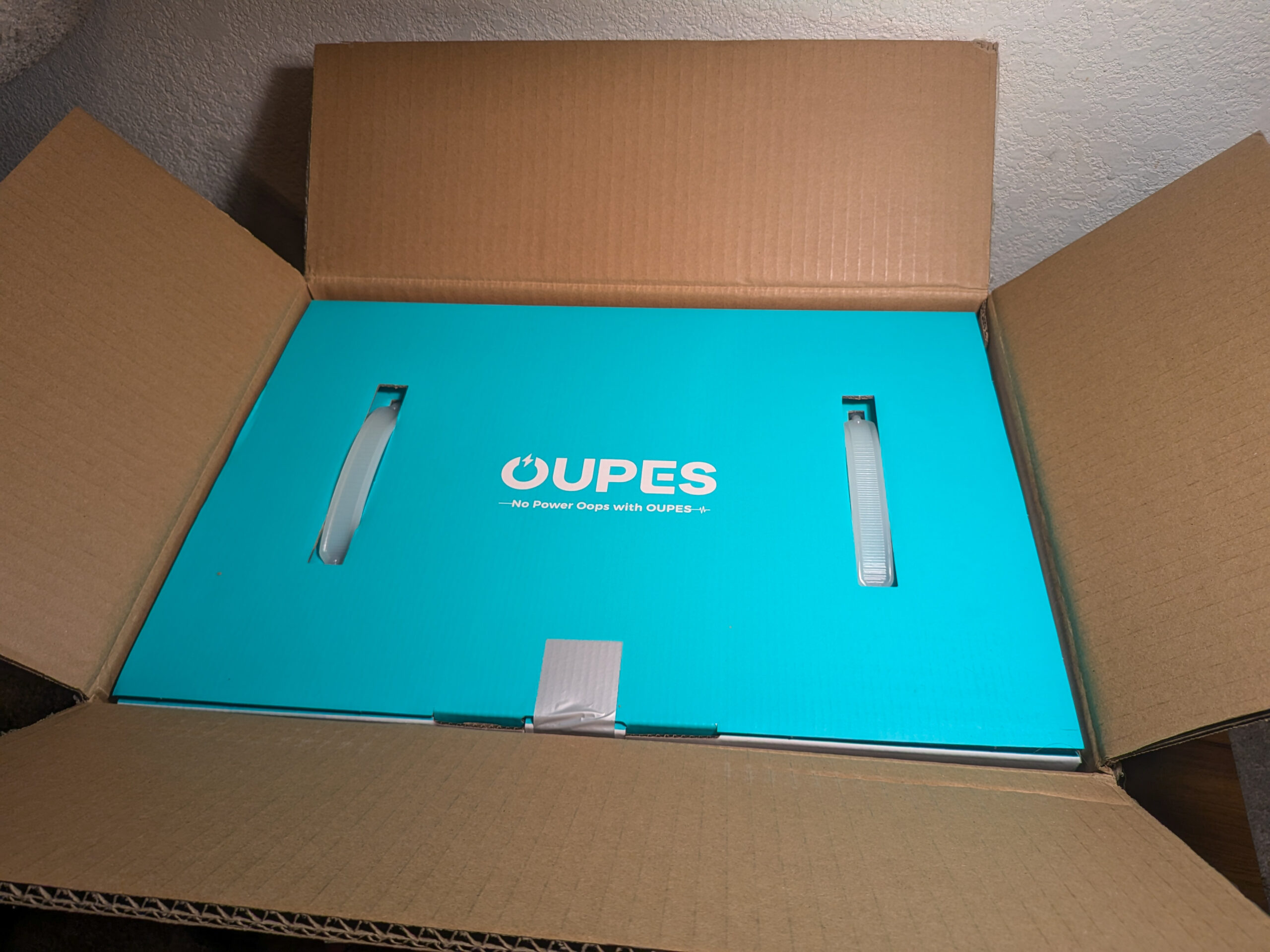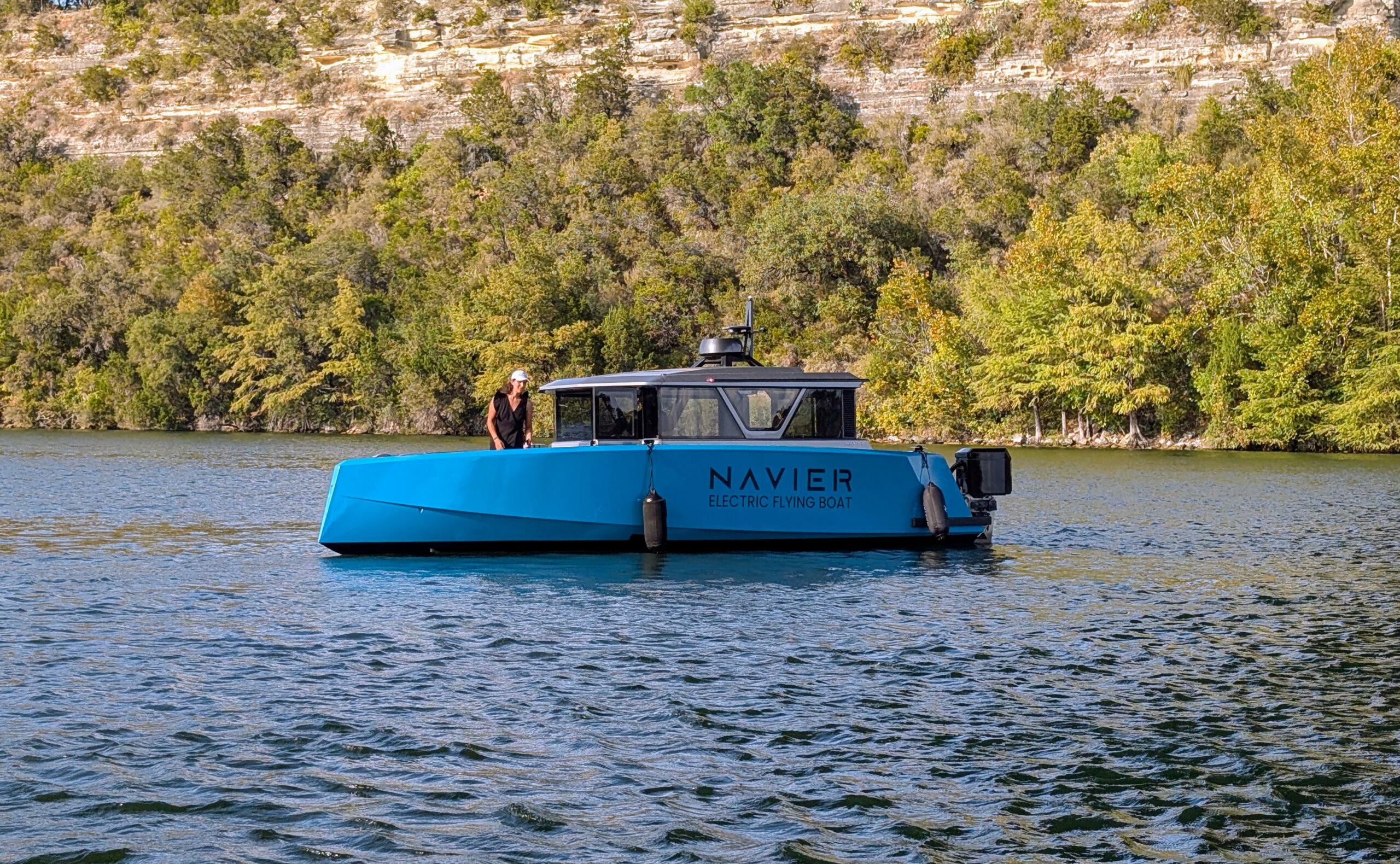Sign up for daily news updates from CleanTechnica on email. Or follow us on Google News!
In an unprecedented move, the Bureau of Ocean Energy Management (BOEM) offered five leases last year for offshore wind development on the US west coast. These leases marked the first-ever opportunity for commercial-scale floating offshore wind energy in the United States. Equinor, with a bid of $130 million, secured a lease of approximately 80.062 acres in the Morro Bay area of the Pacific Ocean. This lease has the potential to generate around 2 gigawatts (GW) of power, enough to supply approximately 750,000 homes in the United States. The possibilities for renewable energy are truly expanding on the US west coast.
This is great, because approximately two-thirds of America’s offshore wind energy potential lies in deep waters. Along the Pacific seaboard, the narrow outer continental shelf swiftly drops to 1,000 meters (3,280 feet) or more, presenting new opportunities for power generation on the west coast through floating offshore wind technology. Equinor, as the world’s leading operator and developer in this field, eagerly anticipates leveraging its expertise to foster a sustainable offshore wind industry in California.
This is part of a larger effort, as the Biden administration has established ambitious goals for offshore wind energy. By 2030, they aim to reach a capacity of 30 GW, increasing to 15 GW by 2035 specifically in floating offshore wind capacity. These targets surpass the current global installation of floating offshore wind by more than 100 times. The administration’s vision for offshore wind is further supported by state policies and initiatives in the North Pacific region. California, for instance, has set its own target of up to 5 GW by 2030, with a long-term goal of 25 GW in floating offshore wind by 2045. These efforts reflect a concerted push towards a sustainable and renewable energy future.
But, winning a contract and getting an actual wind farm up and running are two different things.
On land, surveyors can walk around a site and/or fly over it to get all of the information they need for construction. In shallower waters, such as those found on continental shelves in the Gulf of Mexico or the Atlantic coast, the challenges of surveying and construction aren’t that different from those faced by oil platforms. But, in the steep and deep waters off the Pacific coast, new methods were needed.
But, one firm has a good solution to getting the ball rolling on this project. Ocean Infinity, a groundbreaking company that harnesses robotic technology to revolutionize sea operations, has recently secured a significant contract with Equinor Wind US LLC. This landmark agreement marks the establishment of one of the first floating offshore windfarms on the US West Coast.
Ocean Infinity will conduct an extensive site investigation survey under the terms of this contract. Using multiple Autonomous Underwater Vehicles (AUVs) simultaneously, the company will explore Equinor’s pioneering floating offshore wind lease area (OCS-P 0563).
“The US West Coast with its challenging deep water topography presents another excellent opportunity for Ocean Infinity to deliver the value of its multi-AUV capabilities for its clients,” said Shawntel Johnson, Director, Business Development at Ocean Infinity. “AUVs in scale are the perfect tool for this region providing not only great data quality advantages over towed arrays, in the water depths spanning from 974 to 1317 meters (about 4,507 feet), but also huge efficiency over wide areas.”
Scheduled to begin in February 2024, this project marks a significant stride in the nation’s renewable energy landscape. The survey scope encompasses a range of vital offshore surveys, serving as crucial data acquisitions for Equinor to refine its design basis and inform the Site Assessment Plan (SAP) and Construction and Operations Plan (COP) for the OCS-P 0563 lease area. Ocean Infinity’s exceptional data sets will facilitate well-informed decision-making and meticulous planning throughout the construction and operational phases.
“When Ocean Infinity was formed, the idea of using robotics at enormous scale to collect more data, faster and with less environmental impact while optimizing safety was our guiding principle. This project is that entire vision coming to life. It’s exciting and rewarding to work with clients such as Equinor who share our vision, can see the power of robotics and our unique understanding as tech innovators, and will reap the benefits as we support them in driving the energy transition,” said Oliver Plunkett, CEO at Ocean Infinity. “Ocean Infinity’s fleet of globally located uncrewed vessels and around 20 AUVs, the world’s largest fleet of full capability deep water Autonomous Underwater Vehicles, ideally place the company to support the ongoing growth in offshore renewable energy in the US and globally.”
How Equinor Builds Floating Wind Turbines
When it comes to constructing wind farms in deep water, there are several approaches that can be taken. One method is to use bottom-fixed offshore wind turbines with foundations embedded in the seabed. However, this technique has traditionally been limited to relatively shallow coastal waters due to depth constraints.
Another option is to build floating wind turbines. This involves creating large platforms that can float on the water’s surface. These platforms are designed to withstand the harsh conditions of the open sea and can support wind turbines. Floating wind turbines can be deployed in deep waters where bottom-fixed turbines are not feasible, but come with plenty of their own challenges.
The construction process for floating wind farms often involves building the platforms on land, either in shipyards or camps, and then launching them at sea using launching ramps or semi-submersible methods. This allows for controlled and efficient deployment of the turbines in deep water. Fortunately, Equinor already has a lot of experience building successful wind farms.
According to the company’s website, it uses spar platforms to keep the turbines afloat. Not only is this a very well-established technology for floating oil rigs and other sea structures, but it’s also very stable. By putting most of the “buoy” underwater, the bottom of the spar is quite deep, which keeps it from being affected by waves, wind, and currents. They are also usually anchored to the seabed with cables or chains to keep them from drifting away, but don’t require the structure that non-floating platforms require.
But, to find points for these anchors, a survey is needed, and that’s where Ocean Infinity comes in.
Being able to tap into the stronger and more consistent offshore winds means we can get a lot more power, and it’s possible to get that power to coastal cities a lot easier than it would be to get it from inland sources.
Featured image provided by Ocean Infinity.
Have a tip for CleanTechnica? Want to advertise? Want to suggest a guest for our CleanTech Talk podcast? Contact us here.
EV Obsession Daily!
I don’t like paywalls. You don’t like paywalls. Who likes paywalls? Here at CleanTechnica, we implemented a limited paywall for a while, but it always felt wrong — and it was always tough to decide what we should put behind there. In theory, your most exclusive and best content goes behind a paywall. But then fewer people read it!! So, we’ve decided to completely nix paywalls here at CleanTechnica. But…
Thank you!
Tesla Sales in 2023, 2024, and 2030
CleanTechnica uses affiliate links. See our policy here.



